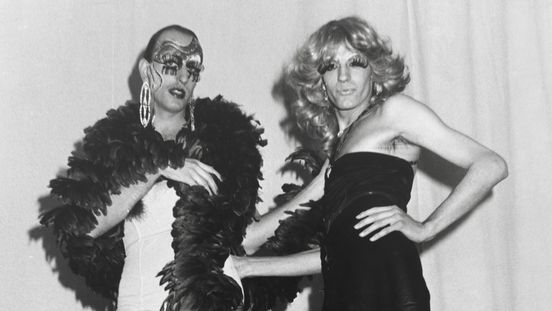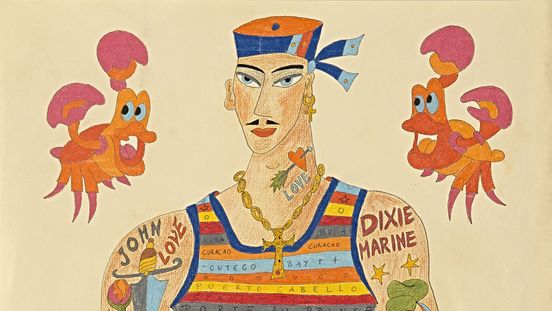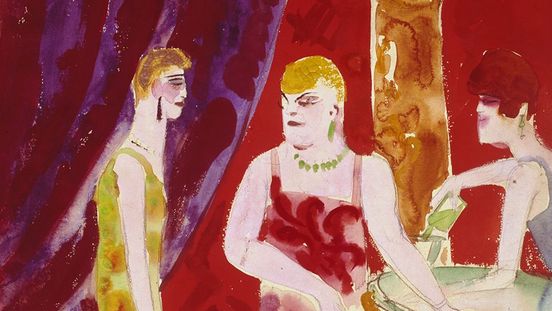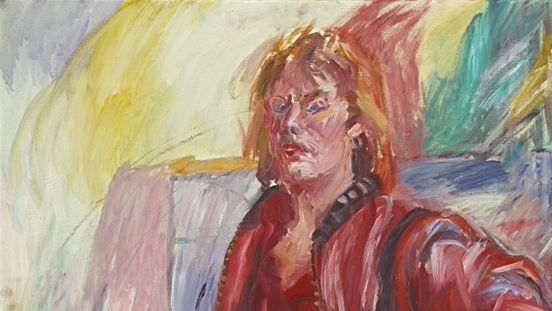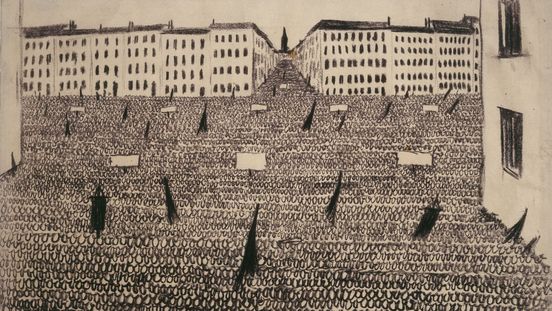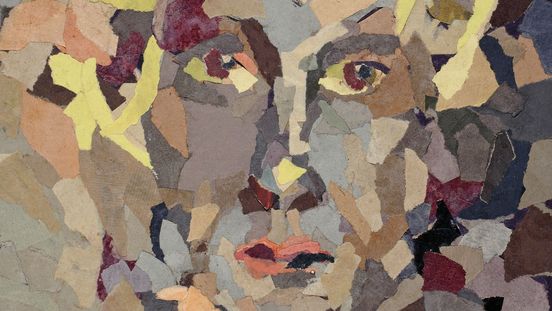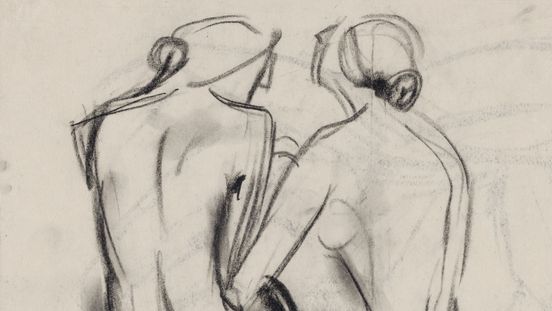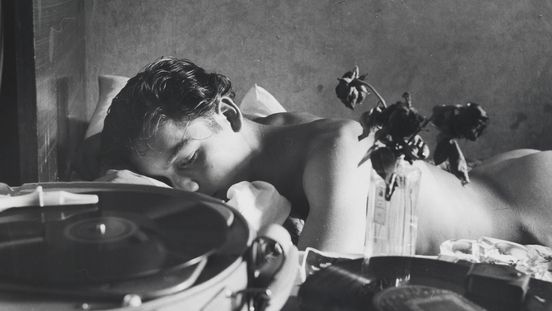Klaus Vogelgesang (* 1945) moved to West Berlin in 1965. At the time, the divided city still bore the scars of war, which would continue to mark it for many years to come. The Berlin Wall constituted a further wound within the city. Yet Berlin’s abiding brokenness also made alternative ways of living possible there. An independent art scene blossomed in West Berlin and gave Klaus Vogelgesang the opportunity to develop his visual vocabulary. The artist’s work to this day explores themes of sexuality, body image and gender roles.
The art print "Hairy Underarm" from 1971 places an emphasis on concepts of femininity and masculinity. A delicately outlined human figure can be seen at the centre of the cardboard lifting their left arm in a casually pose. Their hand is obscured behind their head, presumably having just run their fingers through their hair. A hairy underarm is exposed. The person’s facial features are pronounced and angular; their upper arms and shoulders are heavily muscled. Arched eyebrows and full lips complete the depiction. The figure is wearing a tight, strapless spandex top that hugs their torso, pressing their breasts upward. A scattering of playful symbols and emblems decorate the fabric of the garment. The subject’s breasts, neck, lips and lower eyelids are visibly wrinkled. The person is framed and flanked by mythical creatures, flora and fauna stylistically reminiscent of Hieronymus Bosch.
To comment upon the social status or gender identity of the person portrayed here would amount to assigning a generalised label. Why should it be necessary to impose a common standard when identities are complex and, therefore, ought not to be treated universally as binary? By leaving the sexual and gender identity of his portrait subject open-ended, Klaus Vogelgesang underscores the constructedness of social categories. He juxtaposes and interposes gender stereotypes, enabling diverse and gender-queer readings that transcend cis-heteronormative imaginaries. The work’s ironic title scarcely adds any information to the portrait. Yet it draws our gaze to a much-discussed patch of human body hair that, in many cases and places, remains taboo.
